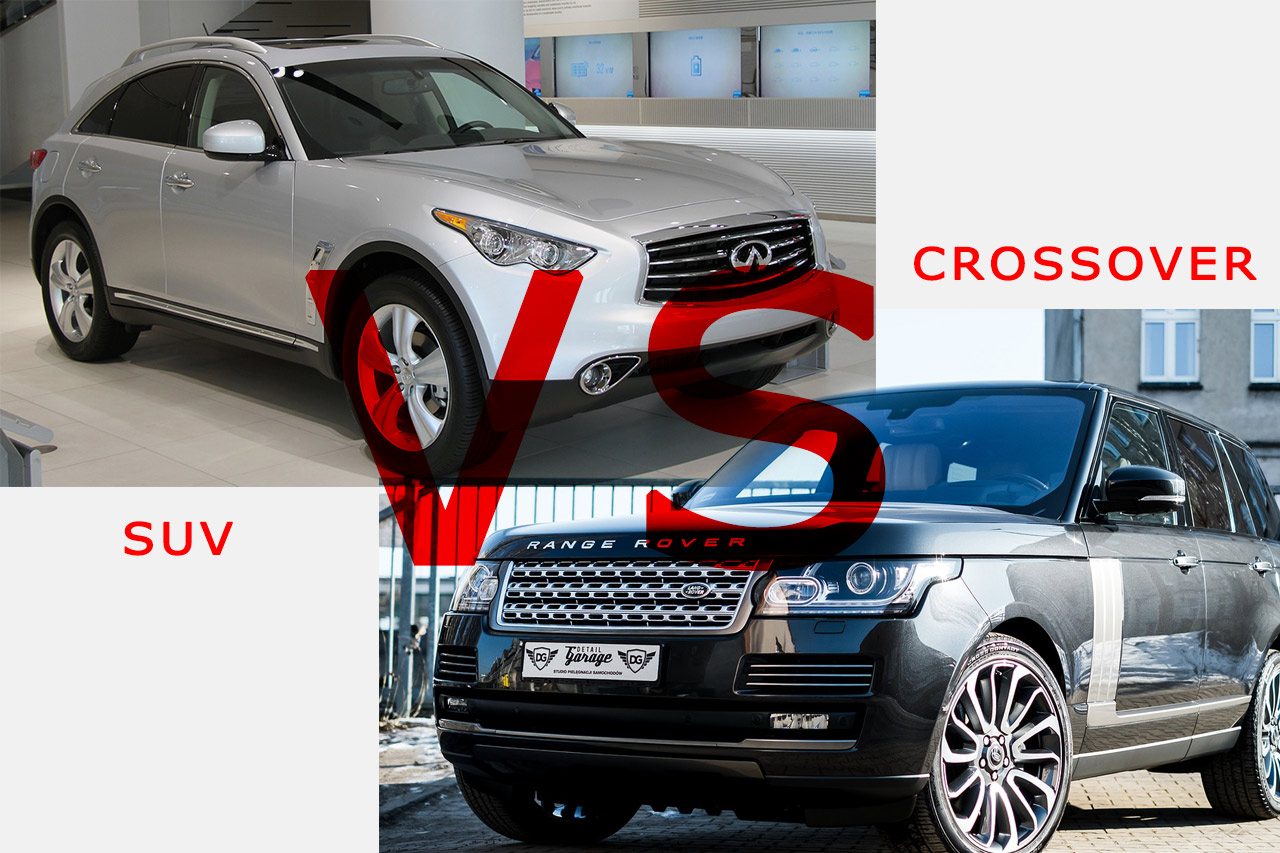
A decade ago SUV’s were one of the largest vehicle types on the market whose production continued to grow at a rapid pace, since then, Crossovers have also become as popular and sought after as the SUV once was. Both remain popular and are seen on roads everywhere, but how are they different? While a Crossover may seem to be almost the same as an SUV, there are major differences between the two vehicle types despite some cross pollination of the names by some automakers attempting to draw and attract interested buyers of larger sized vehicles.
Core Design
If you are thinking of buying either a Crossover or SUV, you should be able to distinguish between the both before determining what you want and need. In the realm of Crossovers, the designated purpose of each model are the starting point of the differences of the various models. The platform is based on either a truck or car chassis, Crossovers generally are more conducive to providing ride quality and the convenience that a regular car affords. Meanwhile SUV’s can handle challenging road surfaces and terrain better, as well as hauling duties and larger payloads.
Crossovers’ blueprint typically is the unibody architecture of a regular car, in other words meaning that the foundation and frame is one single piece. SUV’s on the other hand utilize a “body on frame” that puts two separate pieces together. Unibody designs are lighter and conducive to better fuel efficiency, a softer ride and agility. “Body on Frame” architecture in SUV’s provides for resistance to rusting and more durability on rugged terrain surfaces.
Safety
SUV’s are more rugged than Crossovers and thus safer in some ways in the event of an accident than Crossovers are. The way SUV’s are constructed makes them less likely to yield than their Crossover counterparts, particularly in low speed collisions. This also means that damage can be repaired more easily in most cases although in more serious accidents Crossovers can be safer due to the presence of crumple zones which make passengers and the driver less exposed to the entire force of impact in a collision. Crossovers being less bulky generally will be totaled in serious accidents while the upside is that passengers are likely to sustain less injuries than they would in an SUV.
Recent Advances
SUV’s and Crossovers have become more alike in recent years, however anyone considering buying one or the other should be certain to consider how the vehicle will be used before purchasing. SUV’s have improved significantly in terms of fuel economy ratings due to the changes in the construction materials used such as aluminum, the use of these types of materials have made it possible ride more smoothly on off-road surfaces as well as to tow more weight. Crossovers’ have changed in their being equipped with more technologically advanced all-wheel drive systems, adjustable ride heights and locking differentials that have expanded previous limitations of the Unibody blueprint.
Strengths and Weakness
While consisting of the minority, some car buyers want performance SUV’s and Crossovers. SUV’s are generally better performing in forests and deserts at higher speeds, an SUV has much more durability in such circumstances and conditions. Meanwhile if you want to drive fast on regular road surfaces, the Crossover outperforms the SUV.
Meanwhile if you want to take your kid and a few of his friends to soccer practice, the crossover is the way to go. If you have a boat or need to tow a trailer, an SUV is more ideal. Crossovers’ size and design are better suited for commuting, camping trips and transporting large cargo, SUV’s meanwhile are better if you plan to go rock climbing in the mountains and long distances in the wilderness. Both are perfect if you need more than average cargo and passenger space while also being great for families who want to see the sights and feel safe both on and off road. Just which of the two is better and right for you depends on how you use your vehicle and what your priorities are.